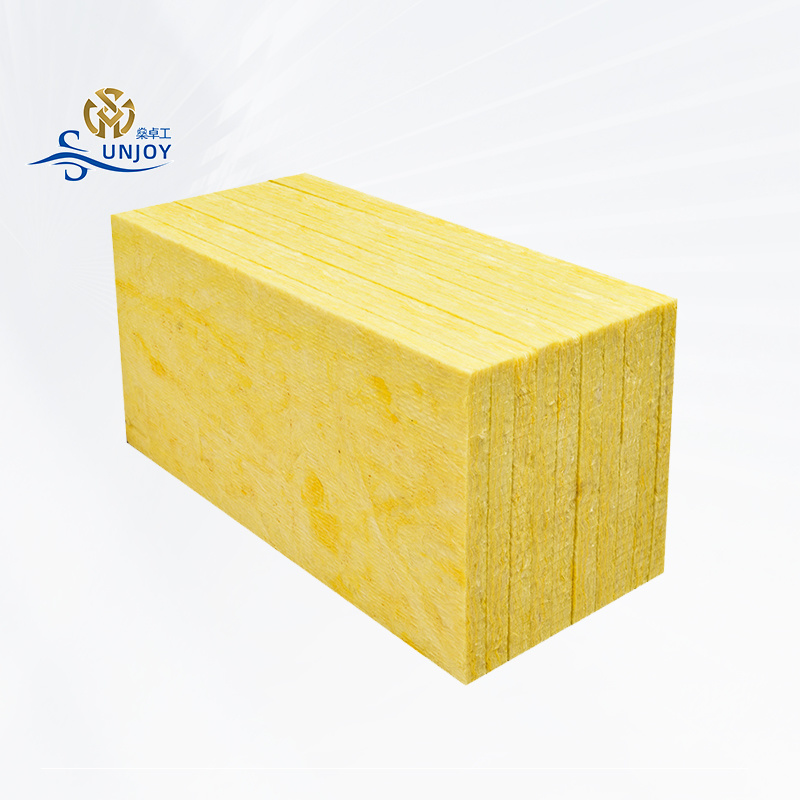Customizing Spaces: The Flexibility of Glass Wool Boards in Design
Jul 07,2025

Customizing Spaces: The Flexibility of Glass Wool Boards in Design
Introduction to Glass Wool Boards
In the world of architectural and decorative materials, **glass wool boards** stand out as an innovative solution that offers both flexibility and functionality. These lightweight yet durable materials are extensively used in constructing ceilings, partitions, and insulation, making them an essential component in modern design. This article delves deeply into how glass wool boards can be utilized to customize spaces, catering to diverse aesthetic and practical needs.
Understanding the Importance of Customization in Design
Customization plays a vital role in modern architecture. With the increasing emphasis on personalized spaces that reflect individual tastes and requirements, designers are constantly seeking materials that offer versatility and adaptability. Glass wool boards prove to be a perfect solution by allowing architects and designers to create spaces that are not only visually appealing but also efficient in terms of sound and thermal insulation.
The Basics of Glass Wool Boards
Glass wool boards are made from molten glass that is spun into fibers and then compressed into dense boards. Their unique structure provides various benefits, including:
- **Excellent thermal insulation**: Helps maintain desired indoor temperatures, reducing energy costs.
- **Sound absorption properties**: Reduces noise pollution, promoting a quieter environment.
- **Fire resistance**: Non-combustible, providing safety and compliance with building codes.
Key Features of Glass Wool Boards
Some notable features include:
- **Lightweight**: Easy to handle and install.
- **Eco-friendly**: Made from recycled materials, contributing to sustainable building practices.
- **Customizable sizes and shapes**: Adaptable to different design requirements.
Applications of Glass Wool Boards in Design
The versatility of glass wool boards allows for a wide range of applications in both residential and commercial settings.
1. Ceiling Design
Glass wool boards can be used to create stunning ceiling designs that enhance the overall aesthetic of a room. They can be installed as suspended ceilings, offering a clean, modern look while improving acoustics.
Acoustic Ceilings
In spaces like offices, schools, and auditoriums, acoustic ceilings made of glass wool boards can significantly reduce sound transmission, promoting better communication and concentration.
2. Partition Walls
Creating flexible partition walls using glass wool boards allows for the easy division of spaces without sacrificing style. These partitions can be designed to be movable or fixed, depending on the requirements.
Benefits of Glass Wool Partition Walls
- **Enhanced privacy**: Ideal for offices and meeting rooms where confidentiality is required.
- **Easy to reconfigure**: As needs change, partitions can be easily adjusted or removed.
3. Decorative Elements
Glass wool boards can also be used creatively as decorative elements. Designers can shape and paint them to fit specific themes or concepts, adding a personalized touch to interiors.
Creative Applications
- **Wall art**: Unique designs can be crafted for exhibitions and commercial spaces.
- **Feature walls**: Incorporating glass wool boards into feature walls provides both visual interest and functional benefits.
Advantages of Using Glass Wool Boards in Interior Design
When considering materials for interior design, glass wool boards provide numerous advantages that make them a top choice for architects and designers.
1. Energy Efficiency
Incorporating glass wool boards enhances energy efficiency by minimizing heat loss or gain. This characteristic not only contributes to sustainability but also results in lower energy bills for occupants.
2. Improved Indoor Air Quality
Glass wool boards are designed to be non-toxic and free from harmful chemicals. Their use contributes to better indoor air quality, making spaces healthier for inhabitants.
3. Cost-Effectiveness
While the initial investment in glass wool boards may be higher than traditional materials, their long-term benefits in energy savings and durability make them a cost-effective choice.
Installation Considerations for Glass Wool Boards
The installation process of glass wool boards is straightforward, but certain considerations should be taken into account to ensure optimal performance.
1. Professional Installation
For large projects, hiring professionals who understand the nuances of working with glass wool boards can lead to better results.
2. Proper Sealing
Ensuring that all joints and seams are properly sealed can enhance the insulation properties of the boards.
3. Safety Protocols
Workers should wear protective equipment, such as masks and gloves, to avoid irritation from glass fibers during installation.
Maintenance of Glass Wool Boards
Maintaining glass wool boards is relatively easy, contributing to their long-lasting nature.
1. Regular Inspections
Routine checks for signs of damage or moisture can prevent significant issues down the line.
2. Cleaning Techniques
Dust and debris can be easily removed with a gentle vacuum or soft cloth, ensuring that the boards maintain their aesthetic appeal.
Conclusion
The flexibility of glass wool boards in design offers architects and interior designers the ability to create customized spaces that meet modern needs. From enhancing acoustic performance to providing thermal insulation and aesthetic charm, glass wool boards are indeed a versatile choice. As we embrace the future of architecture, understanding and utilizing materials like glass wool boards will be crucial in designing spaces that are not only functional but also visually inspiring.
FAQs about Glass Wool Boards
1. What are glass wool boards made of?
Glass wool boards are made from recycled glass fibers that are spun together and compressed into dense, rigid panels.
2. How do glass wool boards improve energy efficiency?
They insulate spaces effectively, reducing energy consumption by maintaining consistent indoor temperatures.
3. Are glass wool boards environmentally friendly?
Yes, they are made from recycled materials and are non-toxic, contributing to sustainable building practices.
4. Can glass wool boards be painted or finished?
Absolutely! Glass wool boards can be easily painted or finished to match various design themes.
5. How do I maintain glass wool boards?
Regular inspections and gentle cleaning with a vacuum or cloth can keep them in good condition.
PREVIOUS:
Contact Us
Company:Sunjoy (Tianjin) Tecnology Go.,Ltd
General Manager: White Eric
Email: admin@sunjoy-rockwool.com
Wechat: +86 18002010981
Tel: +86 4009950775
Address: Room 1002, Juding Buliding, Jinnan District, Tianjin.china


